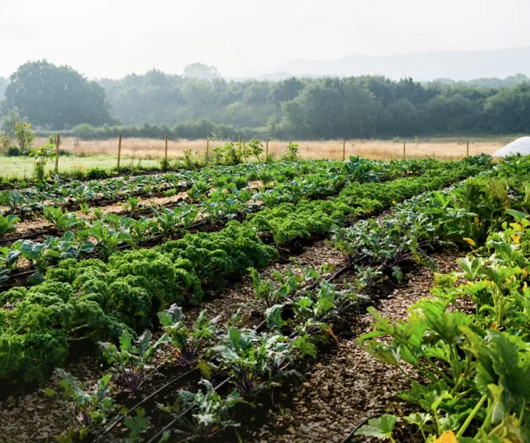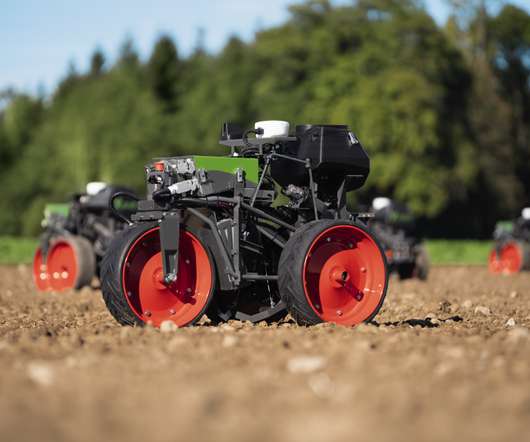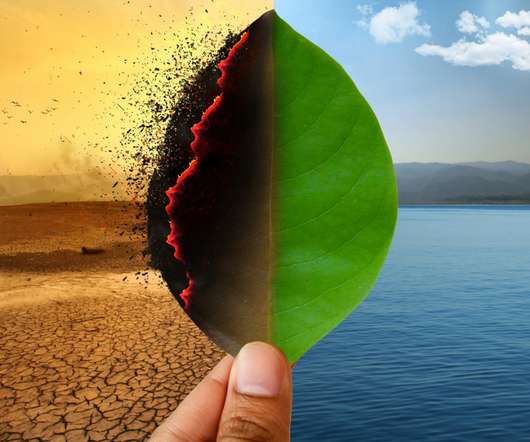Investing in Value Creation Through Regenerative Agriculture
3BL Media
MAY 22, 2024
The food and agriculture industry contributes one third of global greenhouse gas emissions, and the agricultural supply chain has become increasingly vulnerable to the effects of climate change, including changing patterns of drought, precipitation, and extreme heat. A new approach to food production and agriculture is needed.


















Let's personalize your content